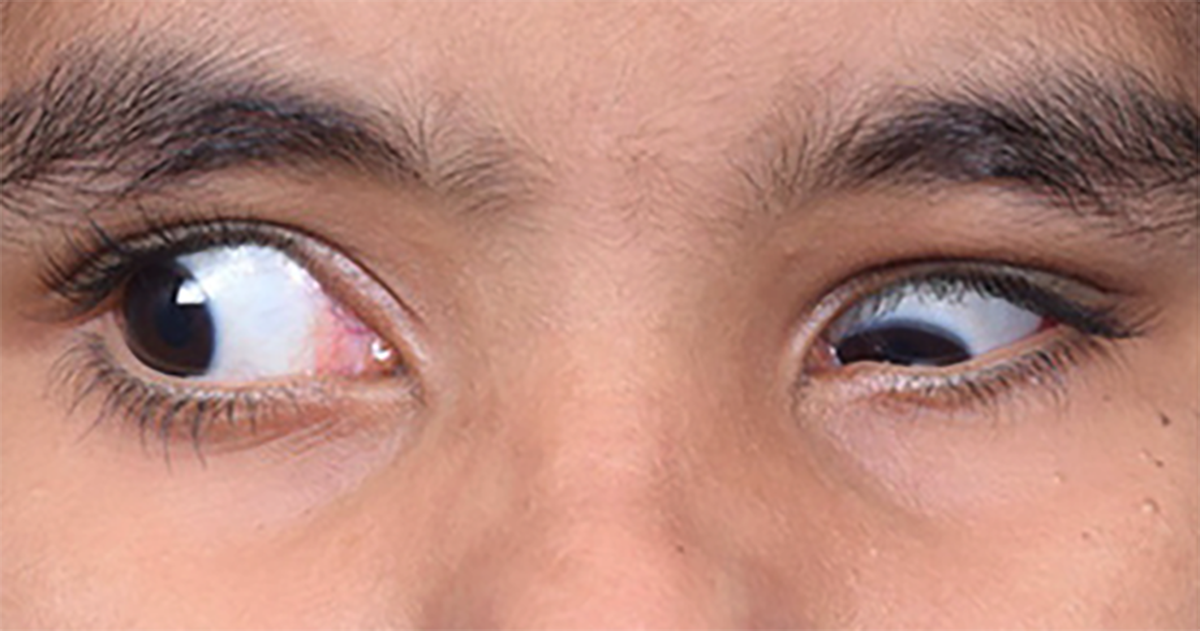A Comprehensive Guide To Duane Syndrome
Subtypes Of Duane Syndrome

Although there are just three major types of Duane syndrome, this condition can be further broken down into subtypes, based on how the eyes look when the patient looks straight. As previously mentioned, Duane syndrome affects just one eye more often than it does both. Based on this information, the left eye is the affected eye more often than the right, although researchers are unsure as to why this is the case. Thus, the left eye is most often what differentiates the subtypes.
Subtype A occurs when the patient’s affected eye is turned inwards, called esotropia. In subtype B, the affected eye is turned outwards, called exotropia. The final subtype, subtype C, occurs when the patient’s eyes are in a straight position.
Continue reading for information on additional symptoms and indicators of Duane syndrome.
Additional Symptoms And Indicators

Other indicators a patient may have Duane syndrome include an abnormal head positioning, upshoot or downshoot, and the briefly mentioned narrowing of the eyelid. Abnormal head positioning can mean the patient maintains an abnormal head posture to keep their eyes straight or they turn their head to do that. Upshoot or downshoot implies with specific eye movements, the patient’s eye may periodically stray upward or downward. Eyelid narrowing in Duane syndrome means the affected eye is likely to appear smaller than the unaffected eye.
Although most individuals with Duane syndrome will not have other eye issues, it is possible for patients to develop amblyopia, an eye condition causing vision loss in the affected eye. For full details about amblyopia, check out Amblyopia (Lazy Eye); Symptoms, Causes, And Treatment. This typically occurs if the head position is unable to make up for the weak nerves and muscles, causing constant misalignment. Along with rarely developing other eyes issues, most patients do not develop other health issues. However, some problems found in rare cases include hearing loss, skeletal malformations, kidney problems, and nervous system disorders. Specific syndromes patients may develop in rare cases include Goldenhar syndrome, Holt-Oram syndrome (hand-heart syndrome), Okihiro syndrome, and Wildervanck syndrome.
Continue reading to learn how doctors diagnose Duane syndrome.
